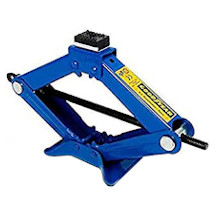Jump starter purchasing advice: how to choose the right product
- The most important facts in brief
- Jump-start devices help you start the engine when the vehicle’s starter battery is too weak. In this way, they replace the breakdown service or the donor car.
- Make sure that the voltages of the device and the vehicle match, otherwise you risk damaging the vehicle.
- The higher the engine power, the more amperes the vehicle requires. Diesel engines require greater amperage than petrol engines.
- Many models allow you to charge mobile devices such as a smartphone or notebook; it is important to have suitable connectors and adapters.
- Most jump starters are sensitive to cold, so storage at room temperature is recommended.
Defibrillator for weak car batteries
According to the ADAC, a car battery that is too weak is one of the most common causes of car breakdowns: Depending on its size, the starter battery must supply the vehicle’s engine with several hundred to thousands of amps so that it starts and you can use the vehicle. If the battery no longer performs this task, other sources must provide the engine with the necessary power to start.
At times, you may have relied on roadside assistance for this, but it is not necessarily available at night or on weekends. In rural areas, you may wait a very long time for the necessary jump-start. Another option is to use a jumper cable, but you will have to rely on another car to provide the necessary power. A longer waiting time is also unavoidable here.
With a mobile jump starter, also called a quick start system, you can make the vehicle functional again yourself. The necessary energy is supplied by compact lithium-ion batteries, which often resemble power banks for charging smartphones, tablets or notebooks. Such small models are also known as “battery boosters”. Larger variants can be found under the name “power packs”. They resemble a transport case and are therefore less handy. Some variants have a built-in compressor that generates compressed air for the tyres.
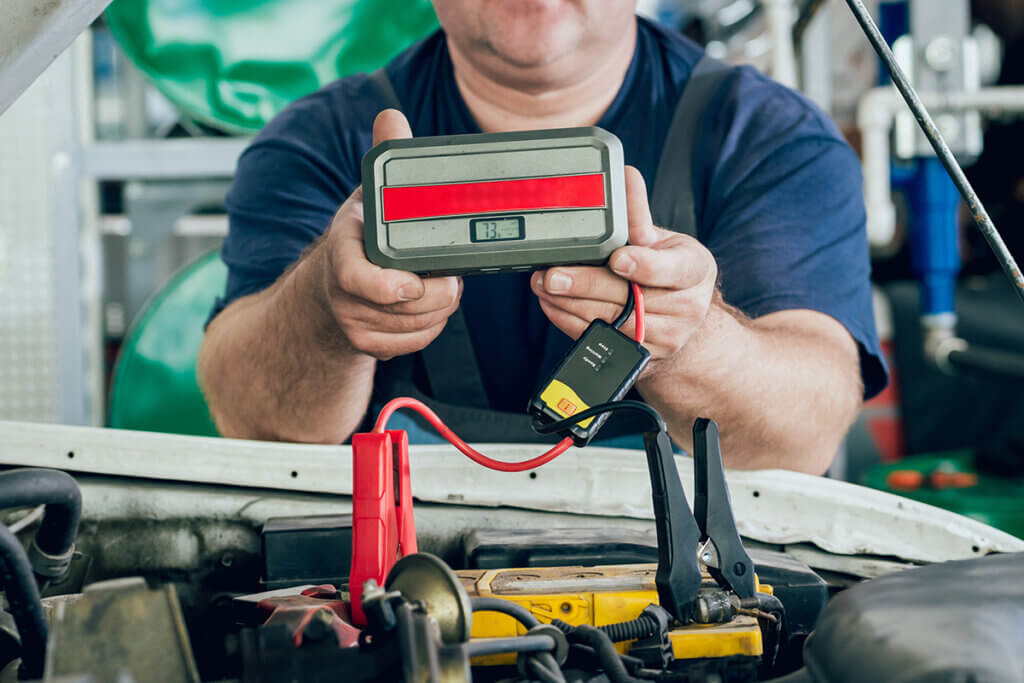
Using a jump starter is simple: you connect the device to the battery and switch it on. As soon as you switch on the ignition of the vehicle, the necessary voltage should be transferred to the battery. There are differences in the equipment and charge that determine which vehicles the jump starter is suitable for.
Regular jump starters are not only suitable for cars, but also for motorbikes and scooters, on condition that the voltage does not exceed that of the vehicle. An overvoltage could damage the battery. Depending on the jump starter and available connections, battery-powered electrical devices can also be charged, such as smartphones or tablets. For larger vehicles such as buses or trucks, however, you need more powerful special devices.
Advantages and disadvantages of jump starters
The advantages of a jump starter can be summed up in three words: Time, money and independence. You do not have to wait for the breakdown service or a friend with a car to help you with a jumper cable, which saves you a lot of time. Furthermore, you do not have to spend money repeatedly for the breakdown service: You only pay once for a jump starter and use it several times. In addition, some models can be used as powerbank replacements, so you have an emergency solution when the smartphone battery is flat.
One disadvantage of such devices is their sensitivity. The lithium-ion batteries do not tolerate cold and moisture well, which is why they often fail if stored incorrectly or at temperatures below freezing. In addition, they discharge after a certain time. To make the purchase costs worthwhile, you should therefore pay attention to storage and use the power pack every few months. Furthermore, mistakes in use or an unsuitable model with too high a voltage can sometimes lead to vehicle damage and injuries.
Pro points
- Time saving
- Independent of third party
- No costs for breakdown service
- Powerbank replacement (some models)
Drawbacks
- Malfunctions in cold and wet conditions
- self-discharge of the battery
- Danger due to application errors
Alternative: jump starters with capacitor
An alternative to mobile jump starters based on lithium-ion batteries are those with a capacitor. If this variant has a battery, it is used exclusively to charge the capacitor. To use the jump-start system, you must charge it beforehand, for example using the residual voltage of the car battery, the cigarette lighter or – if available – with the integrated battery. After a few minutes, the device is ready for use. Capacitors do not lose their performance in the cold, but you have to recharge them after each start-up attempt. Furthermore, this type is only suitable for jump starting. If you want to use the jump-start device as a power bank, for example, you should choose a conventional battery booster with this function.
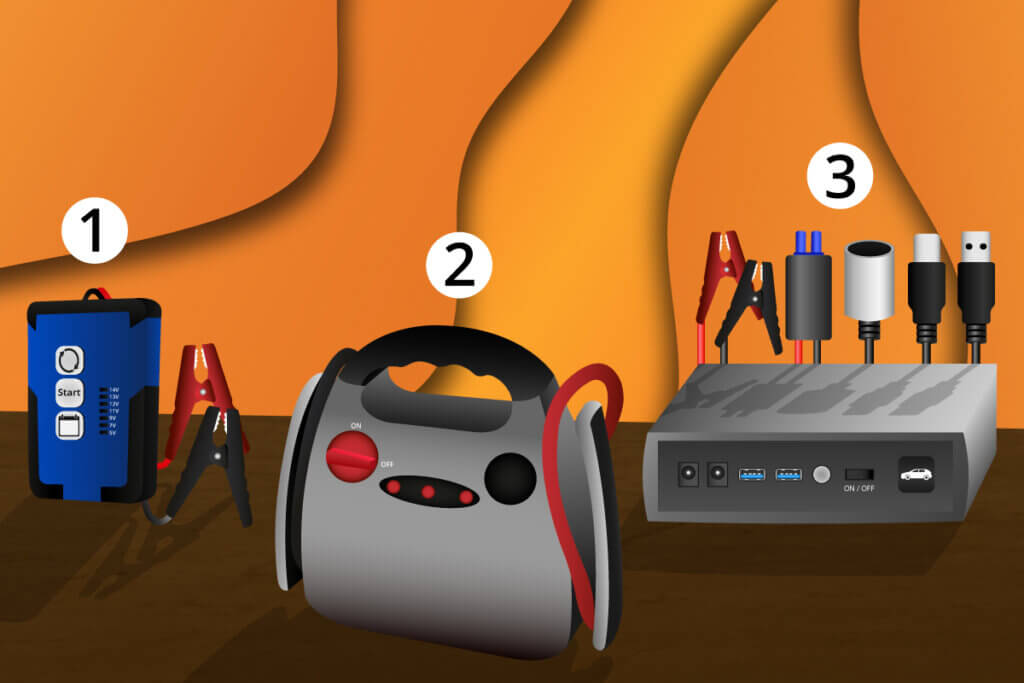
What you should look out for when buying
You should not make a hasty choice of the right jump starter: For example, too high a power rating will damage your vehicle’s battery. It is essential that the device and the vehicle are matched to each other. Other aspects such as connection options or safety precautions are also important.
The necessary power
Depending on the vehicle and engine, you will need jump-start devices of different amperages and nominal voltages. The required amperage in amperes can be determined by the engine displacement. The displacement describes the volume displaced by all the pistons in an engine. The larger the displacement, the more powerful the engine. In everyday language, it is given in litres, but the actual measure of volume is cubic centimetres: 2.0-litre engines describe a volume of 2,000 cubic centimetres.
In the product descriptions of starting aids, you will often find the suitability for engines with a certain number of litres, which describes the cubic capacity. The cubic capacity of your vehicle can be found in the vehicle documents, for example. A high engine capacity means that the battery needs a corresponding amount of current to start the engine. However, petrol engines need less current than diesel engines. The number of cylinders can also be used to roughly estimate the engine power and the associated amperage.
The following applies to petrol engines
- Four-cylinder petrol engines need about 150 to 200 amps,
- Six-cylinder petrol engines need between 200 and 250 amps and
- Eight-cylinder petrol engines start at 250 to 300 amps.
For diesel engines, the situation is as follows:
- Four-cylinder diesels start at 300 to 400 amps,
- six-cylinder diesel at 400 to 500 amps and
- Eight-cylinder diesels at 600 to 700 amps.
Possible voltages that quick-start systems have are 6, 12 and 24 volts, which correspond to the typical on-board voltages for each motorbikes and scooters, cars as well as larger vehicles. However, the suitabilities are only guidelines: motorbikes may have a higher on-board voltage, while older cars in particular may have a lower one. It is therefore advisable to take a close look at the vehicle documents to find out the necessary information on engine capacity and voltage.
The possible connections
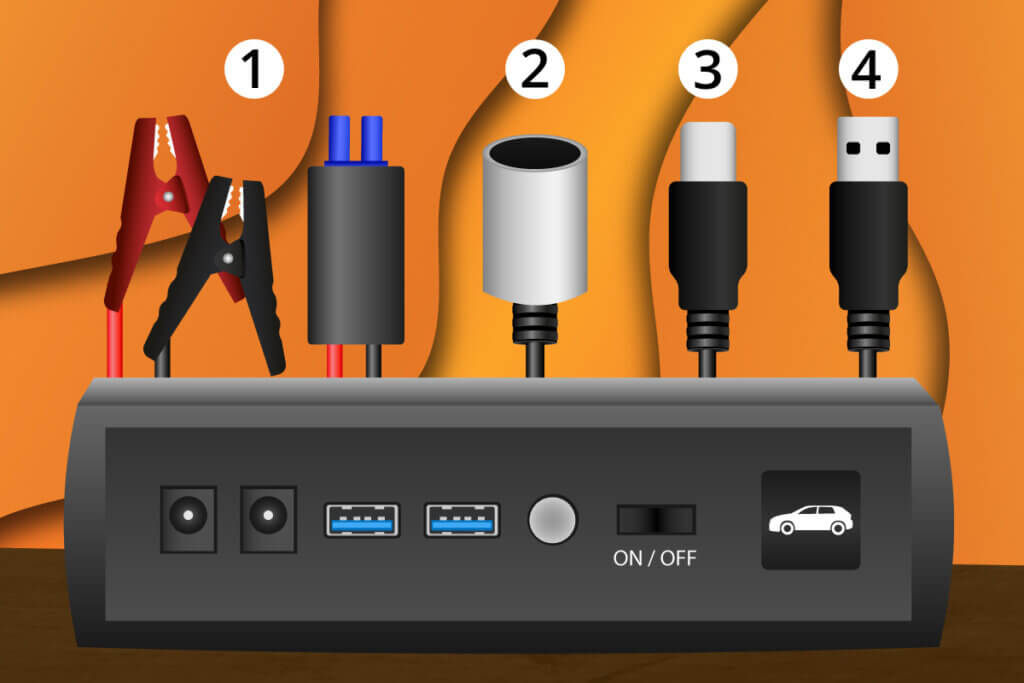
Jump starters have at least one connection with a specific voltage, such as twelve volts, which is used to connect to the vehicle battery. Many variants have several connections and thus cover several voltages: Thus, for example, car, motorbike and quad can be supplied with the same quick-start system. With one or more USB connections, the built-in battery can be used as a regular power bank. For those who want to use the quick-start system as flexibly as possible, a device with several voltage outputs and USB connections is recommended.
A tip
It consumes a lot of power to fully charge a notebook or tablet. If the total capacity of your battery booster is too low, the remaining capacity – if any – will not be enough to start the engine. It is worth inspecting the battery level after use. A model with a high total capacity is also recommended.
The practical extra
Car breakdowns do not only happen during the day, which is why jump-start devices with integrated LED torches are very useful. At night, it is difficult to see the batteries and the necessary connection points without additional light.
Apart from the USB connections, many manufacturers add adapters for charging other end devices to the scope of delivery, which also allows those with integrated micro-USB or USB-C connections to be charged. Without adapters, your options are limited, which is why a second look at the scope of delivery is definitely worthwhile.
The larger variants with compressor are suitable for drivers who often have to deal with flat tyres. In principle, you can also use the compressor to supply compressed air to other objects such as air mattresses, swimming pools or inflatable boats. Compressors are a practical addition if you use them frequently; otherwise, conventional quick-start systems will suffice.
The important safety precautions
Most jump starters are equipped with safety features that minimise the risk of injury and damage, even if they are handled incorrectly. These include protection against a short circuit, overcharging and overvoltage. These precautions reduce damage to the vehicle and serve your safety if the rated and on-board voltages do not match. Wrong polarity protection is effective if you accidentally reverse the poles when connecting. Jump starters that have a TÜV seal are considered to be fit for purpose and of high quality. With such a certified product, you are on the safe side.
How to use the jump starter
So that you can use the jump starter immediately, manufacturers usually include a red and a black jump starter cable. With the red cable, you first connect the positive terminal of the car battery to the positive terminal of the charger, followed by the other cable for the negative terminals.
If the voltage can be adjusted on your unit, that should be your next step. If all cables are in their positions, the voltage is set correctly and – depending on the model – the start button is pressed, you can start the vehicle’s engine. If there is sufficient power available, you will be successful after one or a few attempts, otherwise you should wait a few minutes and initiate another jump start. Each attempt should not exceed a starting time of 30 seconds. Finally, remove all cables, first the black negative cable and then the red positive cable.
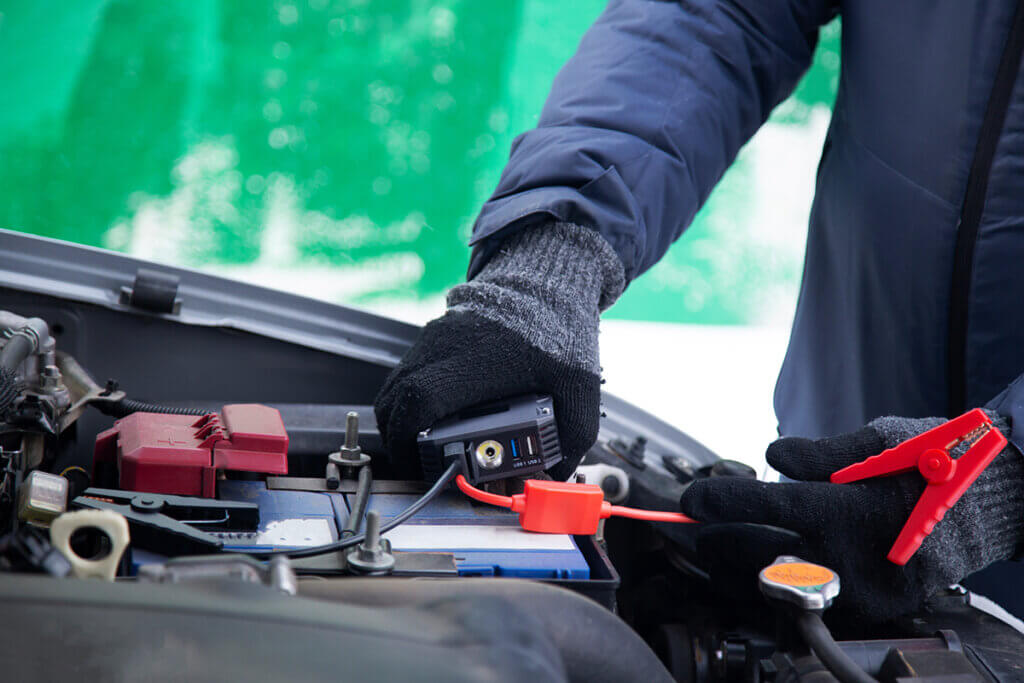
Before using the jump starter, consult the owner’s manual for your vehicle to find out about any special features specific to the type of vehicle. A look at the manual for the jump starter will also provide information on the correct connection sequence, the length of the individual starting attempts and the cooling phases.
What you should also bear in mind
You should switch off power consumers such as the radio or air-conditioning system before jump-starting so that they do not use the power you need to start the engine. It is also advisable not to switch these consumers on again immediately after starting the vehicle, as the battery charges up while driving. Ideally, you should drive for a longer period of time to charge the battery sufficiently. A short motorway drive is advantageous.
Most jump starters are sensitive to cold and frost, so your attempts to start the car in colder temperatures may fail. If you do not have a special model that can withstand frost or is protected from moisture, you should pay particular attention to correct storage and transport. In winter, do not store the device in the car or cold garage so that it does not discharge; a compact model can be stowed in your bag, for example. In general, store in a dry place, preferably at room temperature. When using the jump-start system, make sure that it does not come into contact with moisture to prevent electric shocks or short circuits. If several attempts to start the engine at cold outside temperatures do not lead to success, it sometimes helps to warm up the jump-start device, if possible.
Fig. 1: © romaset / stock.adobe.com | Fig. 2-3: © FinalCheck| Fig. 4: © Александр Поташев / stock.adobe.com

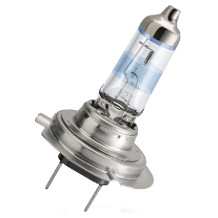
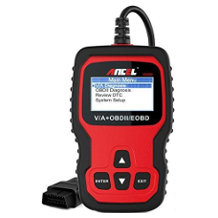
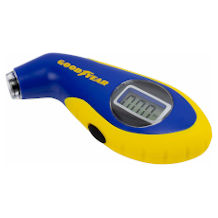
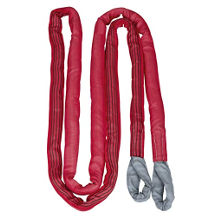

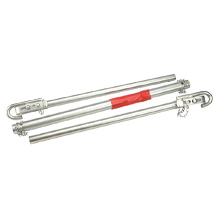
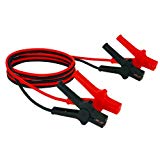








 19,532 reviews
19,532 reviews
